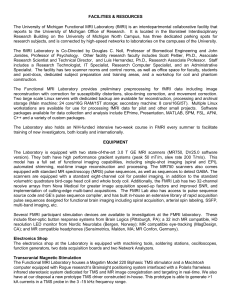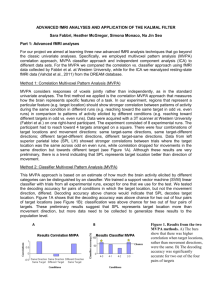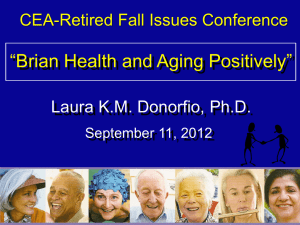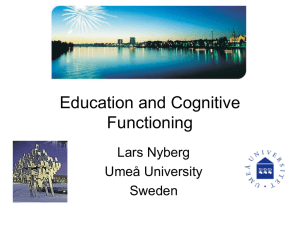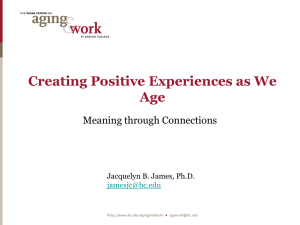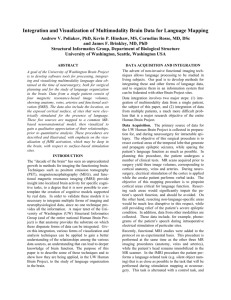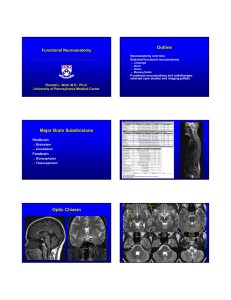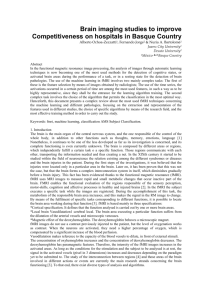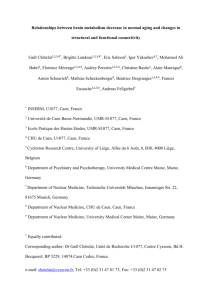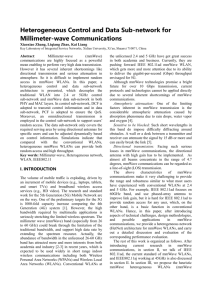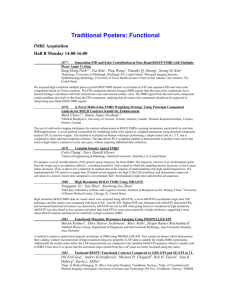Functional connectivity changes and cognitive decline is commonly
advertisement
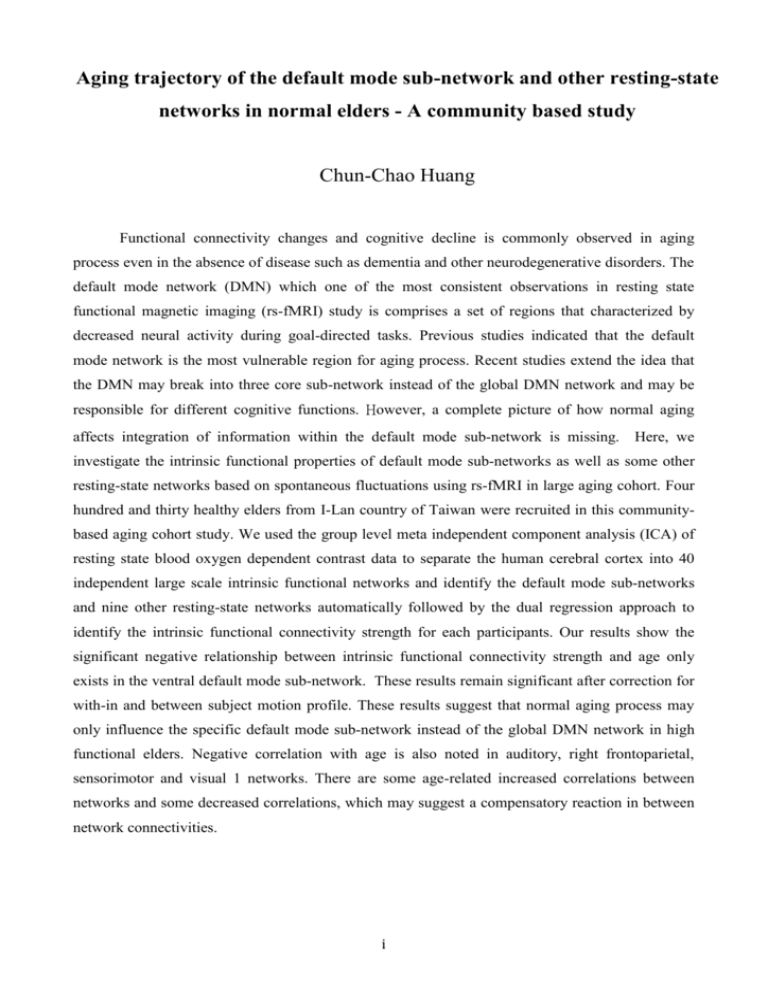
Aging trajectory of the default mode sub-network and other resting-state networks in normal elders - A community based study Chun-Chao Huang Functional connectivity changes and cognitive decline is commonly observed in aging process even in the absence of disease such as dementia and other neurodegenerative disorders. The default mode network (DMN) which one of the most consistent observations in resting state functional magnetic imaging (rs-fMRI) study is comprises a set of regions that characterized by decreased neural activity during goal-directed tasks. Previous studies indicated that the default mode network is the most vulnerable region for aging process. Recent studies extend the idea that the DMN may break into three core sub-network instead of the global DMN network and may be responsible for different cognitive functions. However, a complete picture of how normal aging affects integration of information within the default mode sub-network is missing. Here, we investigate the intrinsic functional properties of default mode sub-networks as well as some other resting-state networks based on spontaneous fluctuations using rs-fMRI in large aging cohort. Four hundred and thirty healthy elders from I-Lan country of Taiwan were recruited in this communitybased aging cohort study. We used the group level meta independent component analysis (ICA) of resting state blood oxygen dependent contrast data to separate the human cerebral cortex into 40 independent large scale intrinsic functional networks and identify the default mode sub-networks and nine other resting-state networks automatically followed by the dual regression approach to identify the intrinsic functional connectivity strength for each participants. Our results show the significant negative relationship between intrinsic functional connectivity strength and age only exists in the ventral default mode sub-network. These results remain significant after correction for with-in and between subject motion profile. These results suggest that normal aging process may only influence the specific default mode sub-network instead of the global DMN network in high functional elders. Negative correlation with age is also noted in auditory, right frontoparietal, sensorimotor and visual 1 networks. There are some age-related increased correlations between networks and some decreased correlations, which may suggest a compensatory reaction in between network connectivities. i Enhancement of fMRI Sensitivity by Time-variant Noise Filter Using Ensemble Empirical Mode Decomposition Shang-Hua Lin 1, Changwei W. Wu 2*, Ching-Po Lin 1* Functional MRI (fMRI) technology is widely adopted to investigate brain functions in neurological and psychological issues. However, low contrast-to-noise ratio (CNR) limits its applicability for sophisticated investigations in neuroscience. To enhance its sensitivity, we utilized the ensemble empirical mode decomposition (EEMD) on fMRI signal. By removing the irrelevant intrinsic mode functions (IMFs) from experimental design, we observed the enhancement of both activation areas and the CNR under finger-tapping tasks. Our findings suggested a total adaptive method in fMRI preprocessing particularly for dealing with signal in temporal domain. Keywords: resting-state fMRI, task-evoked fMRI, fMRI sensitivity, empirical mode decomposition (EMD), ensemble EMD (EEMD) ii

